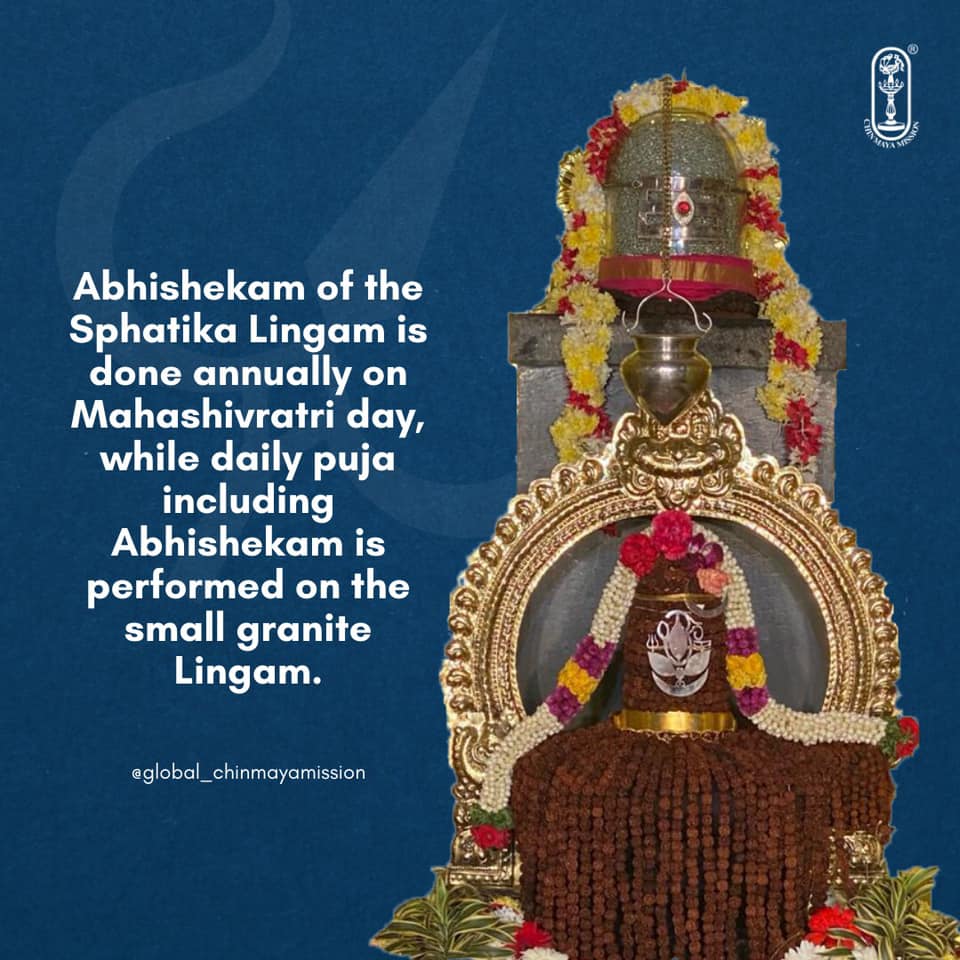A Study of the Bhagavadgita : 8 - 10. Swami Krishnananda.
===========================================================================
=========================================================================
Friday, December 24, 2021.7:30. PM.
A Study of the Bhagavadgita : 8- 10.
Chapter 8 : The Stages of Yoga - 10.
==============================================================================
Sparsan krtva bahir bahyams cakshus caivantare bhruvoh : concentrating your mind in this manner. Sometimes it is said that you can concentrate on the centre of the eyebrows. This slokam also refers to that.
Cakshus caivantare bhruvoh : The middle of the eyebrows can be regarded as the point of concentration.
It is not that everyone should concentrate only in this way. This is one way among many other possible ways. One of the reasons for the efficacy of concentration in this manner on the centre of the eyebrows is psychologically, mystically, from an occult point of view, it is said that the point between the eyebrows is the centre of the mind in waking consciousness. The mind is supposed to be working through the particular spot here, through the brain which acts through the centre of the eyebrows, the Ajna Chakra as it is called in occult science. In dream the mind is supposed to be operating in the throat, and in sleep it goes to the heart. So as the mind is already there in the waking state spontaneously occupying its own seat in the point between the eyebrows, it will be comfortable for the mind to concentrate there itself. You just make it work in the very place where it is sitting.
That is perhaps the reason why this instruction is given that you can concentrate on the point between the two eyebrows: Cakshus caivantare bhruvoh.
--------------------------------------------------------------------------------------------------------------------------------
Pranapanau samau krtva : When you breathe in and breathe out, the mind also oscillates like a pendulum. The more intense is the heaving process of breathing, the more is the agitation that the mind feels. And so the seatedness of yourself in a calm and quiet posture will also eliminate the intensity of the activity of the prana. The inner breath and the outer breath will slow down to some extent, as if they merge together. It is prana and apana – prana is the exterior breath, and apana is the interior breath. You breathe out, the prana is operating; you breathe in, the apana is there.
Both will join together, as it were, when the mind is calm and quiet : Pranapanau samau krtva.
-----------------------------------------------------------------------------------------------------------------------------------
Nasabhyantaracarinau : You will not know whether you are breathing through the right nostril or the left nostril. It is just a little breathing in a harmonious manner.
------------------------------------------------------------------------------------------------------------------------------------
Yatendriyamanobuddhi : restraining the five senses, the mind and the intellect in the manner described in the earlier chapters, and in the light of what we have studied already, to which process a little reference was made towards the end of the Third Chapter of how we can control the kama and krodha, desire and anger, restraining thus the senses, the mind and the intellect.
Muni : Silent, calm and quiet, non-interfering, minding one's own business – such a person is muni,
or you may call him a Rishi if you like, wanting nothing but liberation of the self.
What do you want? “Liberation, Universal Existence, and everything conducive to that, which is my duty.
I am not interested in anything else.” Wanting only that, he is a mumukshu, wanting God : mokshaparayanah.
----------------------------------------------------------------------------------------------------------------------------------
Vigatecchabhayakrodha : free from every kind of binding mortal desire, having no fear because God is in front of you. He is at the back, He is on the right side, He is on the left. He is guarding you, so what fear do you have?
Therefore, Vigatecchabhayakrodha : without desire, without fear, without anger;
yah : whoever is in this condition;
sada mukta eva sah : that person should be considered to be already liberated..
----------------------------------------------------------------------------------------------------------------------------
END.
NEXT- 9. The Yoga of Meditation.






Comments
Post a Comment